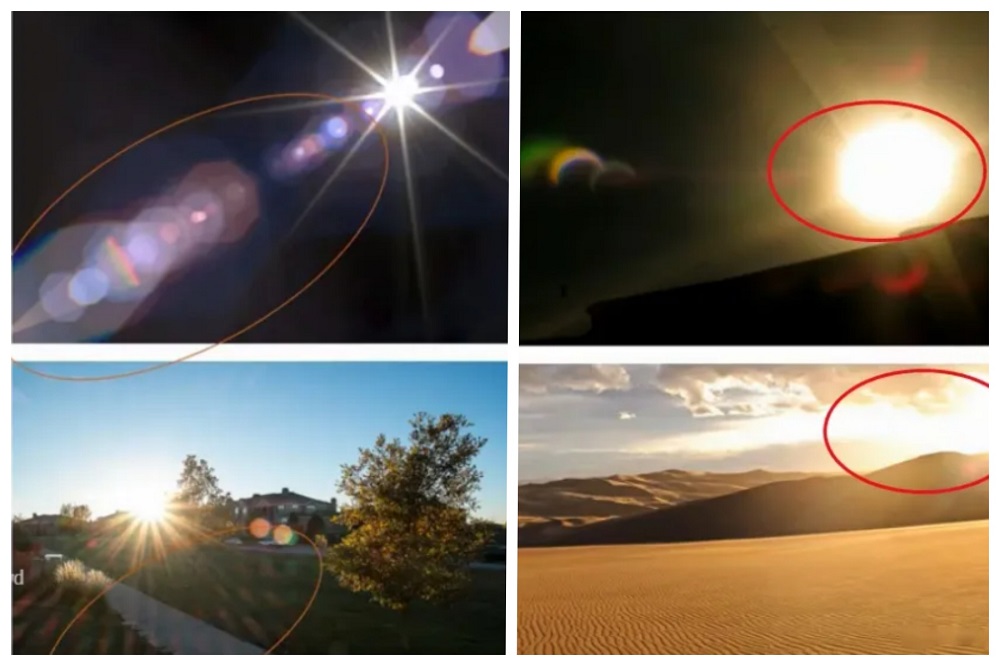What Are You Looking For?
What Are You Looking For?
Tel : 86 153-0268-9906
Email : yorty@yuntal.com
Enhanced In-Vehicle Imaging: Refining Car Camera Lens Technology for Advanced Applications
Apr 28, 2024The advent of autonomous driving has elevated the role of in-vehicle camera lens systems, with innovations like streaming media rearview mirrors offering an expanded and crisper view for drivers. This piece, through a market research lens, delves into the pivotal optical traits of car camera lenses, the hurdles they encounter, and the cutting-edge industry responses.

Optical Characteristics and Market Challenges of Car Camera Lenses
In-vehicle camera systems are a cornerstone of contemporary automotive safety mechanisms and driver aids, providing real-time visual information about the surrounding environment of the vehicle and supporting functions such as lane departure warning, parking assistance, adaptive cruise control, pedestrian detection, and night vision assistance. However, car camera lenses face challenges in practical applications, such as extreme temperature changes, vibration, low lighting conditions, optical distortion, and glare from strong light sources.
1. Thermal Compensation Features
· Market Challenge: Extreme temperature changes may cause the car camera lens to drift out of focus, affecting image quality.
· Solutions:
2. Focus Stability
· Market Challenge: Vibration during vehicle operation can reduce image clarity.
· Solutions:
3. Light Transmission
· Market Challenge: Image quality decreases under low-light conditions such as at night or in tunnels.
· Solutions:
4. Image Clarity
· Market Challenge: Optical distortion and chromatic aberration can reduce image clarity.
· Solutions:
5. Glare and Ghosting Control
· Market Challenge: Glare and ghosting are prone to occur under backlit or strong light conditions.
· Solutions:
The research and development and production of car camera lenses are a systematic project that involves multiple aspects, including optical design, mechanical structure, material selection, and electronic control. With continuous technological advancement and growing market demand, industry leaders like Wintop Optics are driving the enhancement of car camera lens performance through innovation and optimization to meet the stringent requirements of the automotive industry for safety and performance. In the future, the further development of car camera lens technology will bring more possibilities to intelligent and autonomous driving, and it will also bring new growth opportunities to the market.